Some dogs enjoy grooming, especially when it feels comfortable, gentle, and safe. Others find it stressful, showing discomfort through body language like stiff posture, pinned-back ears, or trembling. Reading signals such as relaxed eyes, wagging tails, or leaning into touch helps you know if grooming is enjoyable or stressful for your dog.
Why Understanding Dog Grooming Enjoyment Matters
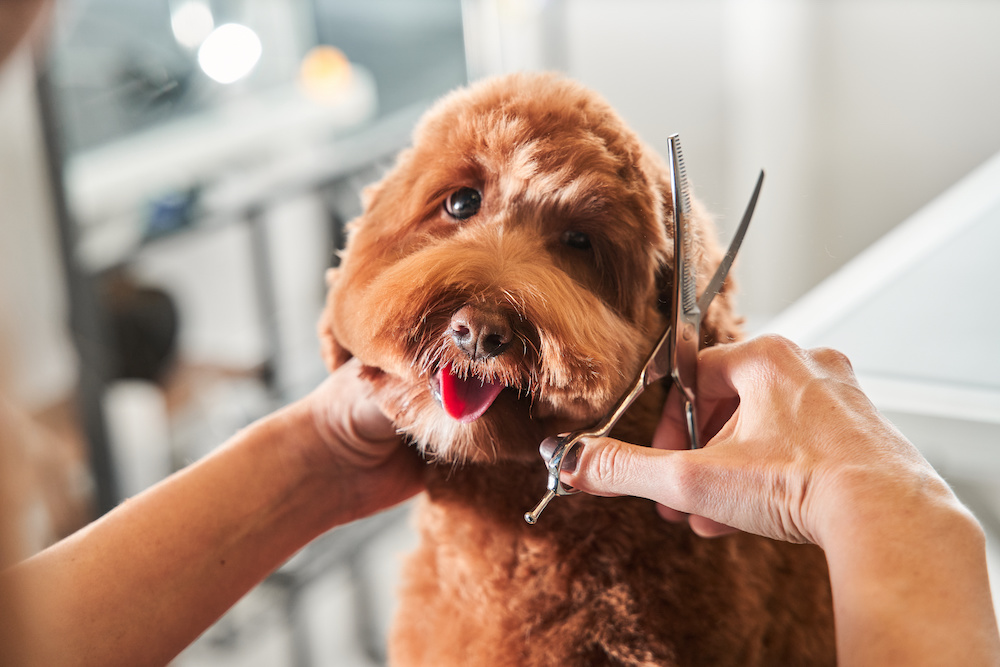
Dog grooming is not only about keeping a pet clean. It is linked to their comfort, hygiene, and overall health. Owners often ask, do dogs enjoy being groomed or do they simply tolerate it. The answer depends on the dog, their past experiences, and how grooming is handled.
Grooming helps with:
- Removing dirt, debris, and shedding fur
- Preventing skin infections and matting
- Checking for ticks, fleas, or hidden injuries
- Strengthening trust between dog and owner
Understanding body language is essential. It allows you to provide a positive grooming experience rather than one filled with anxiety.
How Dogs Communicate Through Body Language
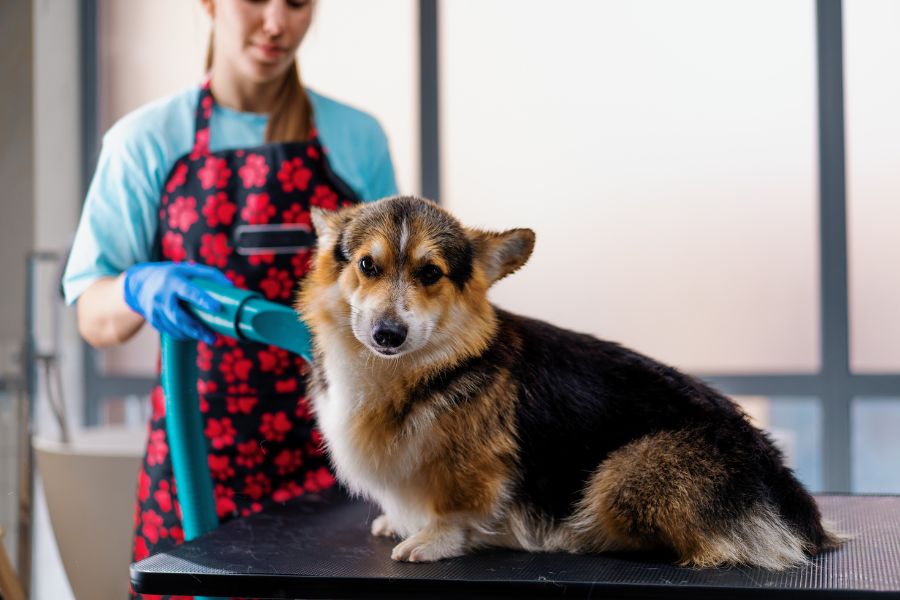
Dogs do not speak with words. They express feelings through posture, ears, tails, eyes, and even breathing patterns. During grooming, these signals tell you how the dog feels.
Key body language elements:
- Posture: Loose and relaxed shows comfort. Stiffness or cowering signals stress.
- Tail: Slow wag at a neutral height often means contentment. Tucked tail is fear.
- Ears: Forward or natural ear position shows relaxation. Pinned ears show discomfort.
- Eyes: Soft eyes suggest calm. Wide eyes with visible whites indicate stress.
- Mouth: Relaxed jaw suggests comfort. Lip licking or yawning is often stress.
Learning to read these signals gives you a clearer picture of your dog’s grooming enjoyment.
- Posture: Loose and relaxed shows comfort. Stiffness or cowering signals stress.
Signs Your Dog Enjoys Grooming
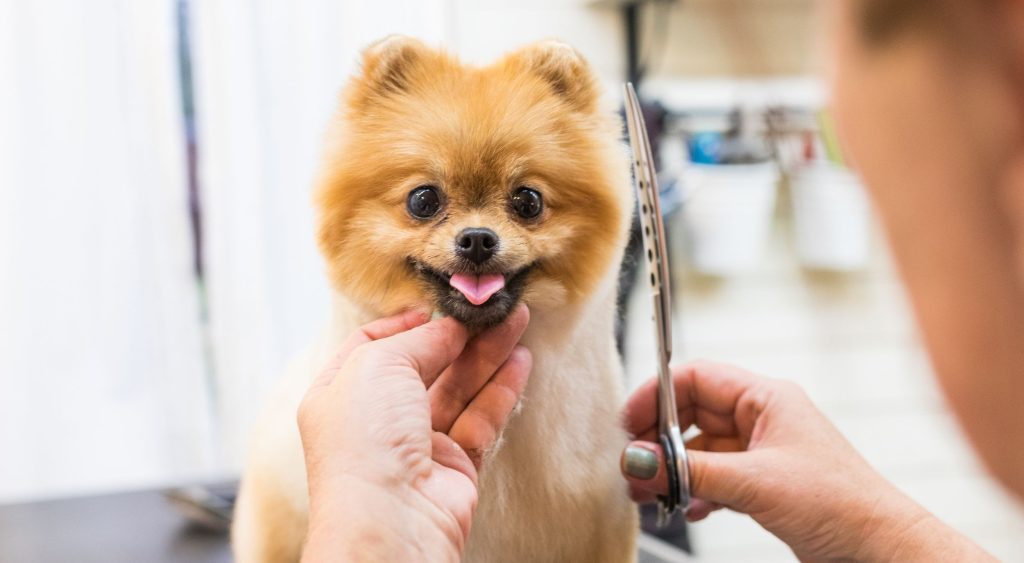
A dog enjoying grooming shows clear positive signals. Look for:
- Relaxed muscles and body posture
- Soft eyes and calm breathing
- Wagging tail in a natural position
- Leaning into the brush or hand
- Staying still without resisting
Certain breeds with regular grooming needs, like Poodles or Shih Tzus, often become more tolerant over time. A calm and cooperative dog is usually enjoying the session.
- Relaxed muscles and body posture
Signs Your Dog Dislikes or Fears Grooming
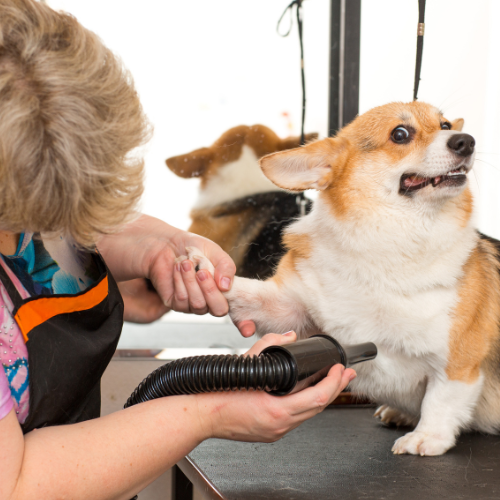
Not all dogs feel the same way. Some dislike grooming or fear it. Stress signs include:
- Stiff body and rigid stance
- Avoiding eye contact or turning the head away
- Trembling, drooling, or heavy panting
- Lip licking, yawning, or showing teeth
- Growling or nipping when handled
These signals should not be ignored. Forcing grooming when a dog is stressed worsens fear and makes future sessions harder.
How Grooming Can Strengthen the Bond with Your Dog
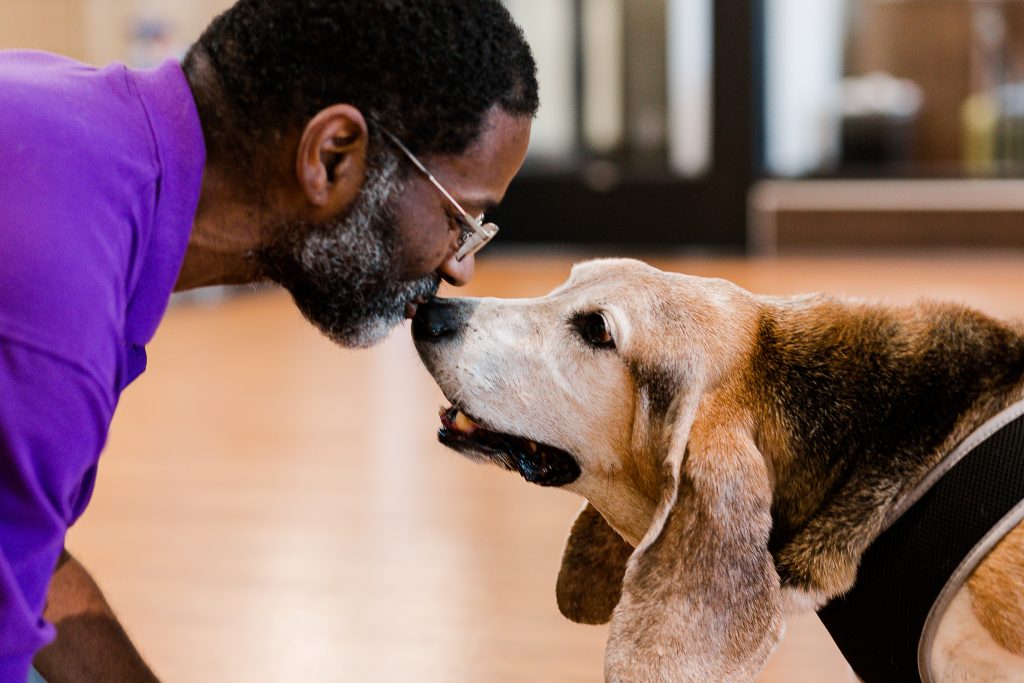
Grooming is more than hygiene. It is a chance to build trust. When done with patience and care, grooming becomes a bonding activity.
Benefits of positive grooming:
- Builds touch tolerance
- Increases trust between dog and owner
- Creates routine and structure
- Reduces stress during vet visits
Gentle handling and consistency make the dog see grooming as a form of affection, not punishment.
Tips to Make Grooming Enjoyable for Dogs
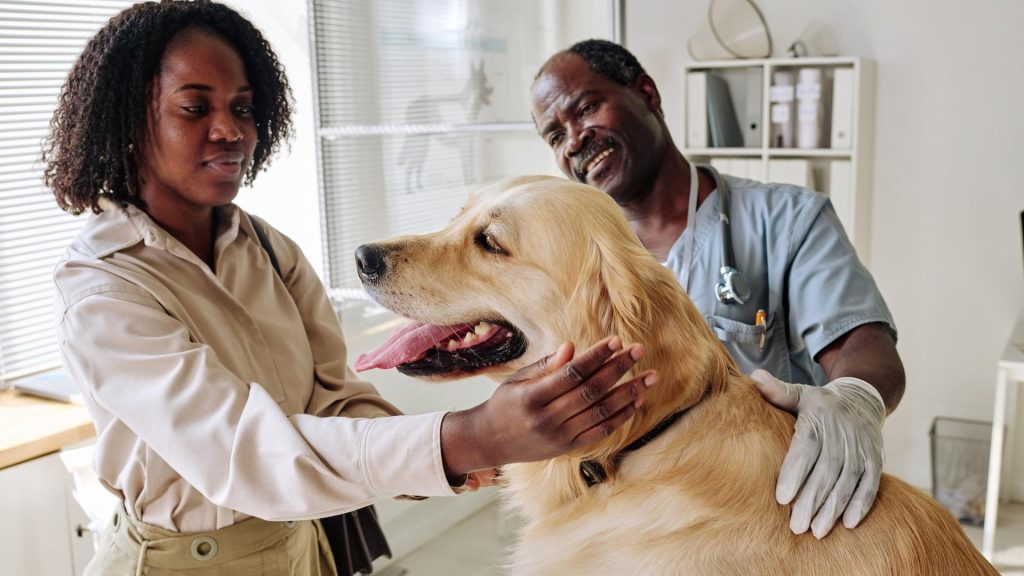
You can turn grooming into a positive experience by making small adjustments.
Practical steps:
- Start early: Introduce grooming during puppyhood.
- Reward calm behavior: Use treats and praise.
- Break sessions into steps: Short and frequent is better than long and stressful.
- Create a calm setting: Quiet room, soothing voice, and minimal distractions.
- Be gentle with sensitive areas: Ears, paws, and tail require extra patience.
- Use the right tools: Brushes and clippers designed for your dog’s coat type.
These steps reduce grooming anxiety and create a stress-free routine.
Professional Groomers and Dog Body Language
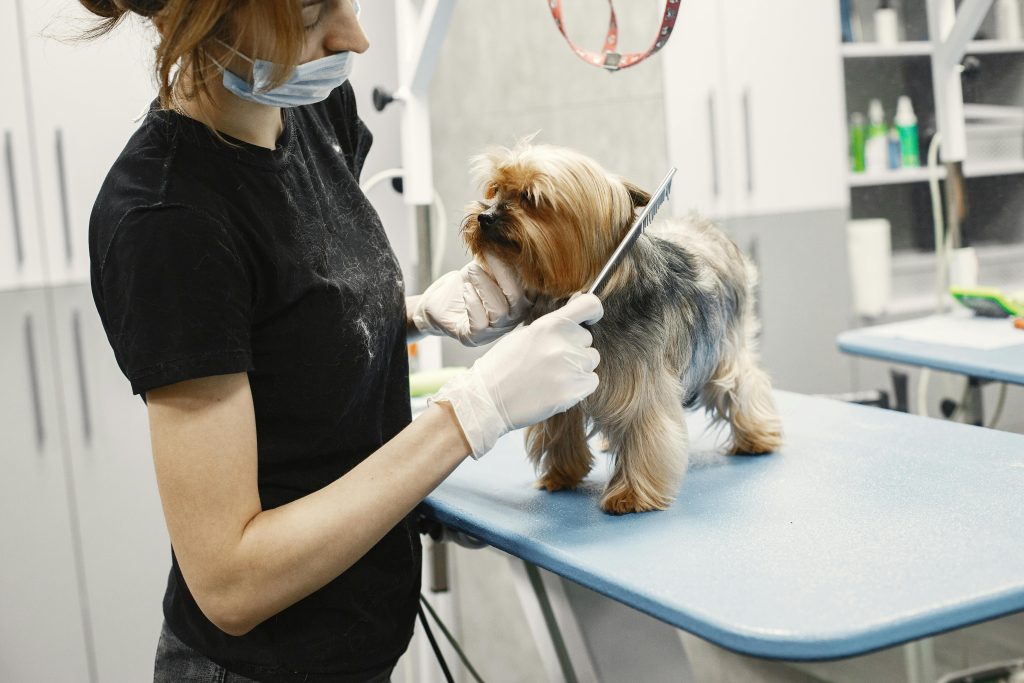
Professional groomers are trained to read subtle signals in dogs. They can often recognize the difference between nervousness and comfort quickly.
What groomers do:
- Use slow, calm movements
- Give breaks when the dog shows stress
- Use tools suited for coat type and sensitivity
- Apply techniques like towel wraps for calming
- Work with anxious dogs to desensitize them
If grooming stress is too high at home, seeking a professional helps prevent negative experiences.
Breed Differences: Do Some Dogs Enjoy Grooming More
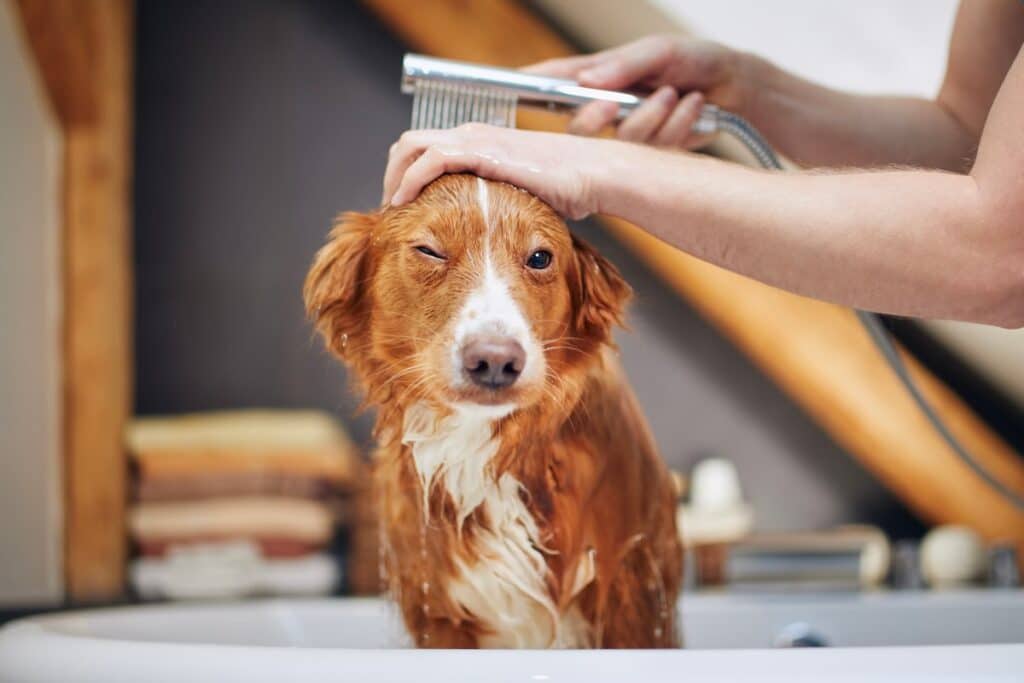
Different breeds have different grooming tolerance. Long-haired breeds often need frequent grooming, which makes them more accustomed to it. Short-haired breeds might resist grooming if they are not handled early.
Examples:
- Poodles and Shih Tzus: More tolerant due to routine grooming.
- Huskies and German Shepherds: Seasonal shedding requires consistent brushing.
- Terriers: Sensitive to clipping and nail trimming.
Each dog is unique. Breed tendencies help, but personality and experience matter most.
FAQs Section
Do dogs enjoy being brushed or just tolerate it?
Some dogs enjoy brushing, especially if started early and done gently. Others tolerate it without signs of enjoyment. Watch body language to know the difference.
How can I tell if my dog hates grooming?
Signs include trembling, lip licking, avoiding eye contact, stiff posture, or trying to escape. These are stress signals.
What are the best ways to calm an anxious dog before grooming?
Exercise before grooming, create a quiet space, use rewards, and start with short sessions. Consistency reduces anxiety.
Should I groom my dog at home or always use a professional?
Simple brushing can be done at home. For complex tasks like clipping or handling anxious dogs, professional groomers are recommended.
Building a Positive Grooming Experience
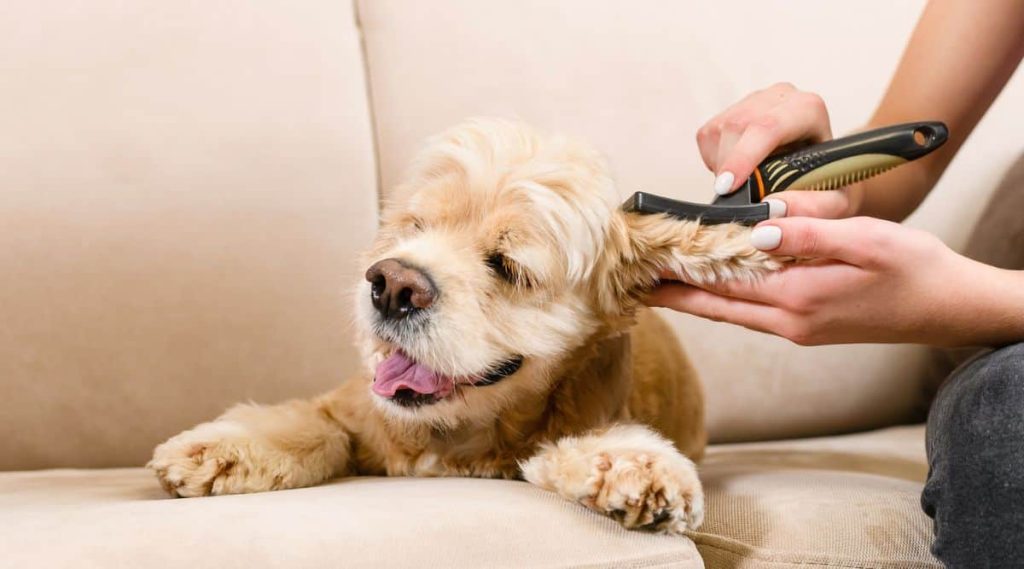
The key to answering the question, do dogs enjoy being groomed, lies in reading their signals. Relaxed posture, soft eyes, and leaning into touch are positive signs. Stiffness, trembling, and avoidance show discomfort.
Patience, rewards, and consistency create a positive grooming experience. Whether at home or with a professional, paying attention to body language ensures grooming is safe and beneficial for both you and your pet. Careers Collectiv emphasizes the importance of reading these cues to create stress-free routines and strengthen the bond between owner and dog. Their dog grooming courses provide deeper insight into canine behavior and handling techniques.